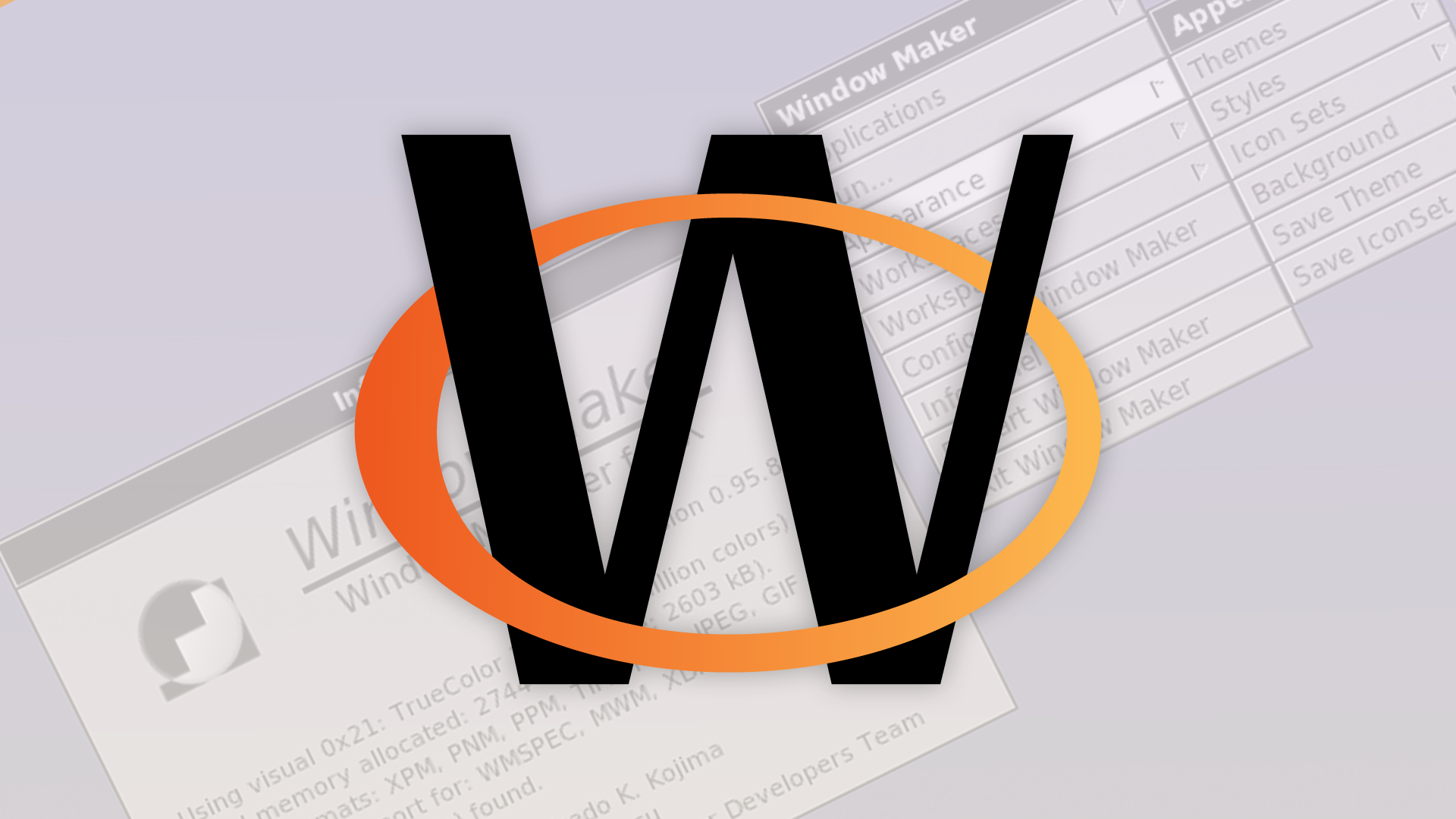
The desktop Linux ecosystem has been slowly migrating from X11 to Wayland, which is leaving behind some desktop environments. The Wayback project aims to fix that, and it has just reached its first preview release.
First, some Unix history. The X Window System, currently known as X11, was the main method of displaying graphical interfaces on Linux and Unix-based systems for decades. It accumulated many performance, usability, and security problems that couldn’t be addressed without a substantial rewrite, so Wayland was created as a potential replacement. Wayland is now used by default instead of X11 on Ubuntu, Fedora Workstation, Debian, and many other Linux distributions.
Even though you can run applications under Wayland that were designed for X11, with the built-in XWayland compatibility layer, the same is not true for desktop environments. Common Desktop Environment (CDE) and Window Maker don’t support Wayland at all. MATE is making progress on Wayland support, and LXQt is mostly functional on Wayland but still considered “rather experimental.”
The new ‘Wayback’ project is a workaround for this problem, as it creates an X11 server on top of Wayland for desktop environments to access. The documentation explains, “Our goal is for Wayback to eventually be a completely drop-in replacement to the Xorg binary, thus reducing maintenance burden for distro maintainers.”
Wayback 0.1 is the first preview release, and it’s already available in the package managers for Fedora, Arch Linux (AUR), Alpine, and other distributions. It’s still highly experimental—there’s no support for multiple monitors or mouse locking, for example—but it’s an impressive first release. Some of the developers are “already daily-driving it to find bugs and fix them as they appear.”
It’s worth noting that Wayback and Wayland are not related at all to the XLibre project, the fork that wants to keep X11 alive with modern enhancements. Its developers claim “toxic elements within Xorg projects, moles from BigTech, are boycotting any substantial work on Xorg,” and they are seeking to “make X great again.” In reality, Wayland was created to address the problems with X11, by many of the same people who worked on X11. There aren’t many reasons left to use X11 on a Linux computer instead of Wayland, and Wayback is fixing one of the few remaining edge cases.
The release blog post says, “Ever since Wayback was announced on June 28, we have been making lots of progress to get it as stable and functional as possible, and while this is a preview release it is already daily-driveable by users with simple requirements, as long as they don’t mind bugs.”
You can check out the official Wayback website for more information, setup instructions, and other resources. The source code is available on GitLab under the MIT license.
Source: Wayback at freedesktop.org








